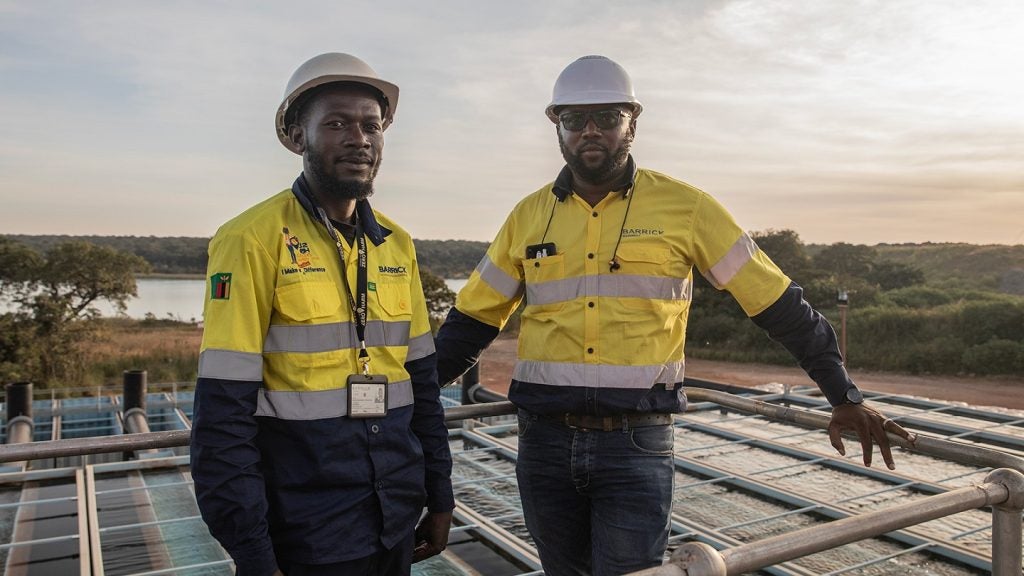Canadian mining company Barrick Gold has announced plans to invest around $2bn ($2.74bn) to expand its Lumwana copper mine in Zambia in order to increase annual production.
The investment will increase Lumwana’s production to around 240,000 tonnes of copper from a 50 million tonne per annum process plant over a 36-year life of mine.
Through the investment, the company aims to turn the once-unprofitable mine back into one of the top copper-producing projects.
The expedited work programme aims to conclude a full feasibility study by the end of next year and start operations at the expanded process plant by 2028.
The mine’s expansion is expected to provide a push for the government’s plan to revive the copper industry.
The Lumwana mine began operations in 2019, and since then it has contributed nearly $3bn to the Zambian economy in the form of taxes, royalties, salaries and the procurement of goods and services.
Furthermore, 99.3% of the workforce at the mine are Zambian nationals.
Barrick president and CEO Mark Bristow said: “Barrick believes that its host countries are its key stakeholders and that partnering with them creates sustainable value for both of us. In Zambia as elsewhere in our global network, we seek to share the economic benefits generated by our mines with the countries’ governments and people, notably our neighbouring communities.”
The mine’s current performance is said to be on track to deliver its production guidance for this year. The production forecast for the year is between 260 and 290 million pounds of copper.
This July, the company said the mine’s full potential has now been revealed. The additional expansion opportunities have led to updated geological model.
Lumwana is a conventional open pit mine, located around 100km from Solwezi in Zambia’s Copperbelt. The ore at the mine is predominantly sulphide and it uses a conventional sulphide floatation plant to produce copper concentrate.









